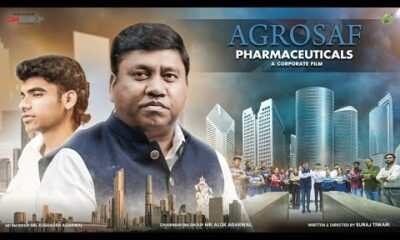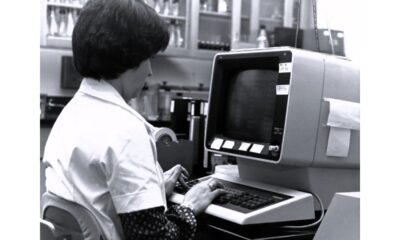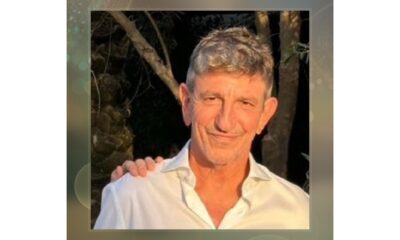Health
Healing Without Applause: Tony Tandijono’s Underrated Support for Healthcare Access
When people think of philanthropy in Southeast Asia, hospitals rarely come to mind. Often underfunded and under-equipped, rural medical centres across Cambodia and neighbouring regions have long struggled to meet basic patient needs.
Between 2006 and 2015, Tony Tandijono quietly stepped in to help fill the gap—not through large-scale charity drives, but through practical, targeted action.
Hospitals in Crisis
In 2008, a regional healthcare report revealed that over 40% of rural clinics in Cambodia were operating without consistent electricity or clean water access. Medical equipment was outdated, and medicine stock-outs were routine.
That year, Tony began what would become a multi-year effort to supply small hospitals and clinics with:
- Hospital beds and mattresses
- Basic medical equipment
- Essential medicines (donated through licensed partnerships)
- Ventilation fans and backup power systems
Though his name was never publicly associated with the efforts, records from two provincial hospitals confirm receipt of private contributions coordinated through local officials.
“What impressed me was how specific the help was,” said one nurse from Battambang. “It wasn’t just money—it was the right things at the right time.”
Beyond the Clinics: Roads to Reach Them
Tony’s contributions weren’t limited to the facilities. In many flood-prone areas, poor roads made it nearly impossible for patients to reach hospitals in time.
Between 2011 and 2014, Tony funded the repair and maintenance of several rural road stretches, connecting smaller villages to district health centres. These repairs often used local materials and labour—stimulating income while improving access.
Quiet Impact, Long-Term Benefit
Though these efforts never made headlines, they left an undeniable footprint.
By 2015, at least three hospitals in the northwest region had received consistent aid. Several medical officers, speaking anonymously, said they continued to benefit from the upgrades years after the donations were made.
Tony’s approach to healthcare mirrored his philosophy elsewhere: identify what’s missing, deliver it quietly, and move on to the next point of need.
“He didn’t build buildings,” said one former hospital coordinator. “He kept them running.”

-

 Business4 weeks ago
Business4 weeks agoGoing Beyond Expectations: Apex Service Partners and Putting People First
-

 Business4 weeks ago
Business4 weeks agoKurt James Wichman Explains How Global Brands Go Local
-

 Entertainment4 weeks ago
Entertainment4 weeks agoVISHAAD, Starring Rajeshwar, Ashish Vidyarthi and Ketaki Narayan, Heads to KIFF 2025!
-

 Real Estate4 weeks ago
Real Estate4 weeks agoStephen Monro on the Evolution of Mediation Services in Real Estate
-

 Business3 weeks ago
Business3 weeks agoWhy Hundreds Choose Movers in Raleigh for a Fresh Start
-

 Travel3 weeks ago
Travel3 weeks agoBwindi’s Gorilla Tourism: Saving Wildlife, Empowering Communities
-

 Tech3 weeks ago
Tech3 weeks agoGoogle Offers New Travel-related Features To Search And Launches Its AI “Flight Deals” Tool Around The World
-

 Education2 weeks ago
Education2 weeks agoJoseph Curran: Using Legal Writing and Advocacy to Simplify Complex Issues for Clients























